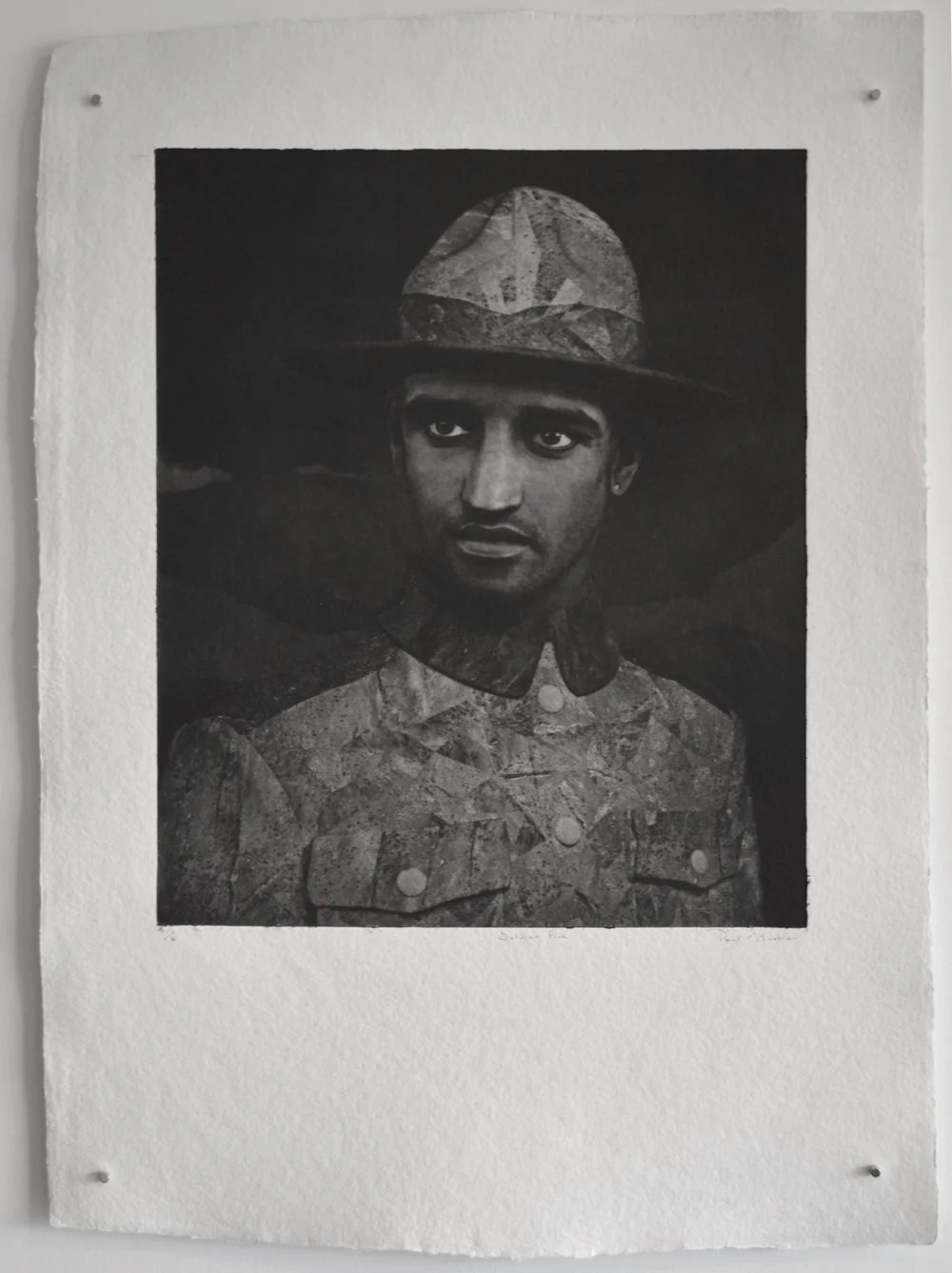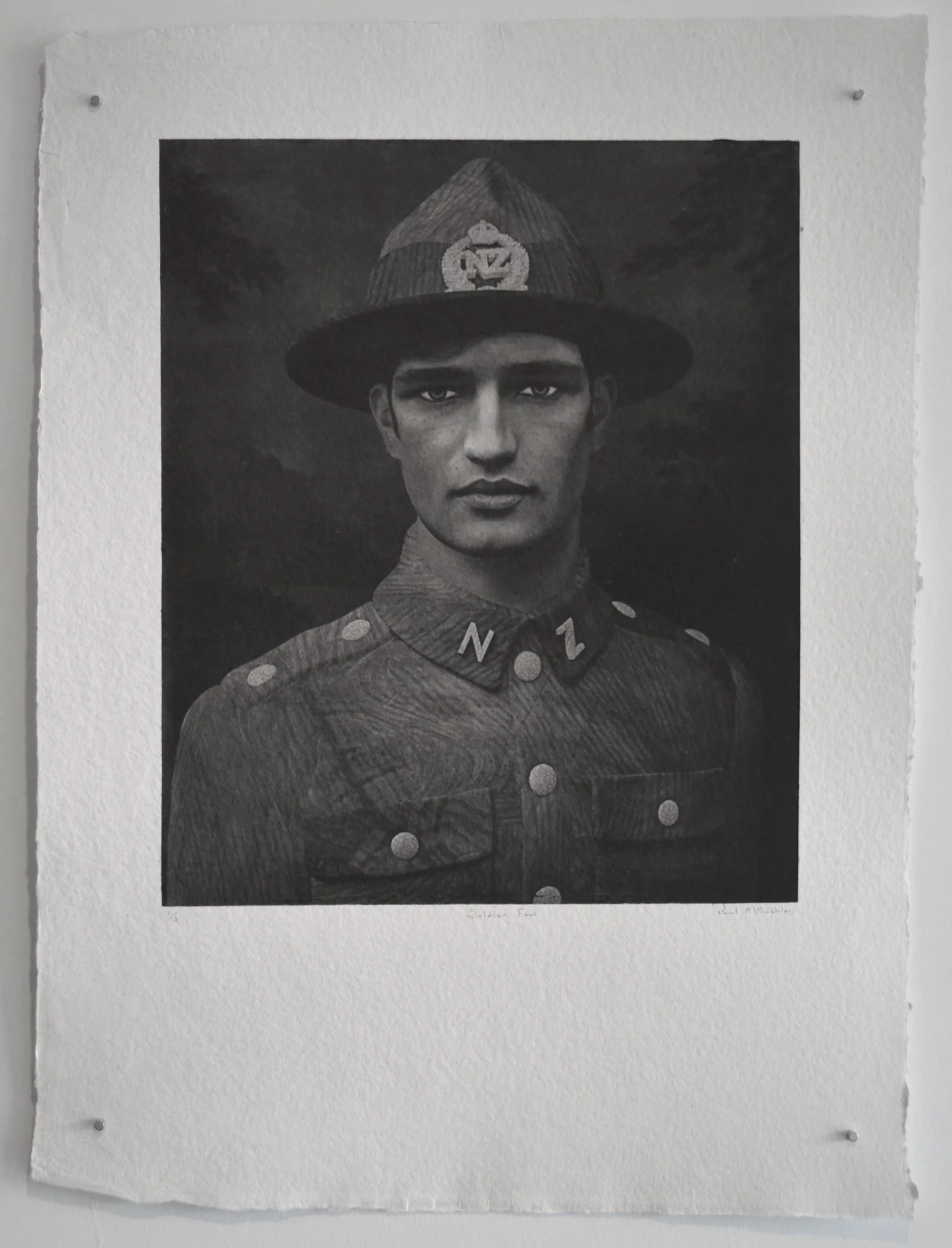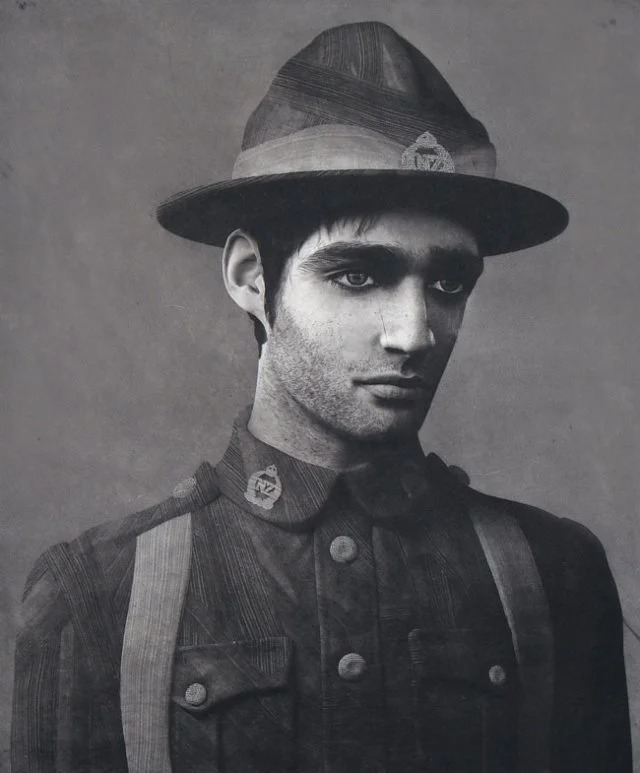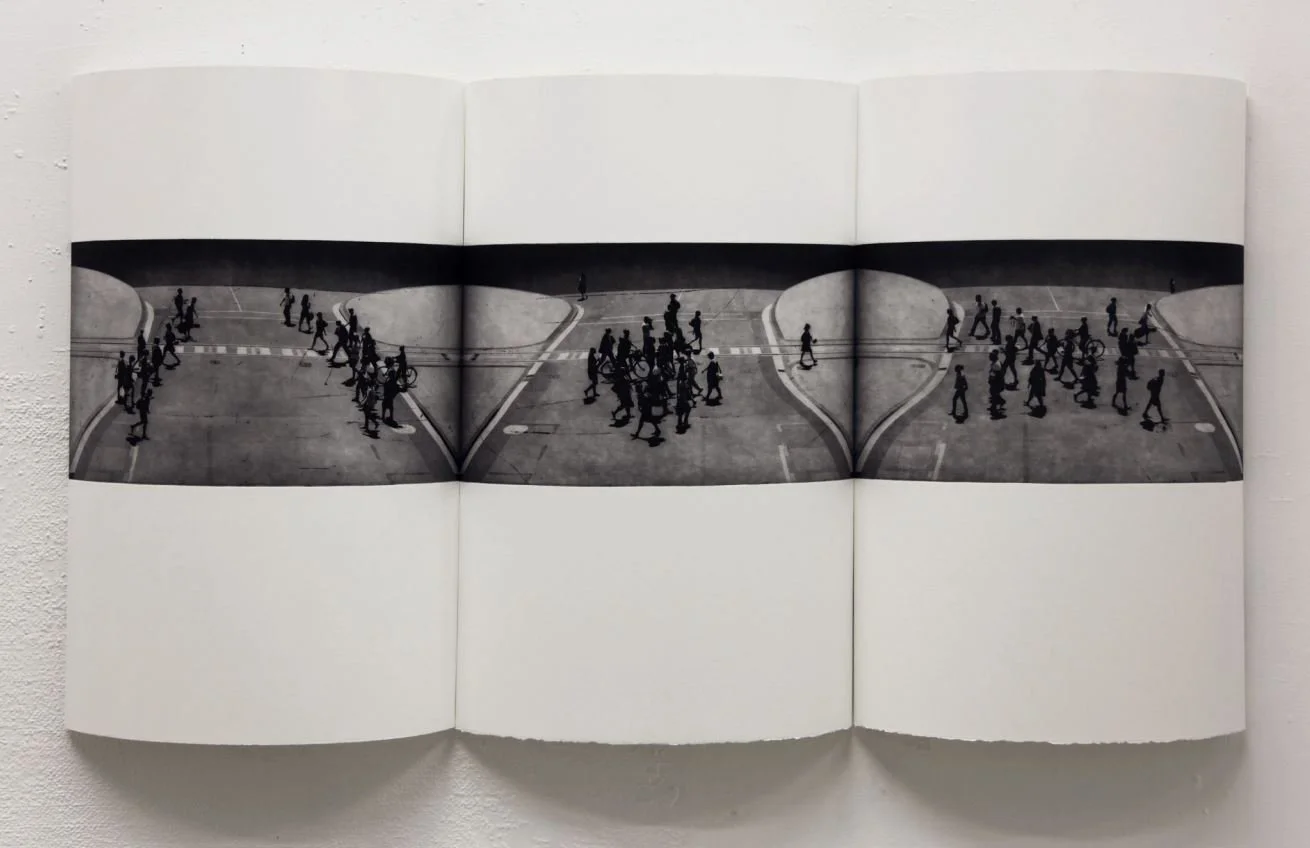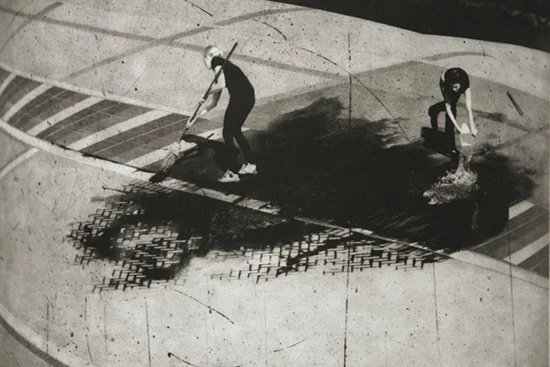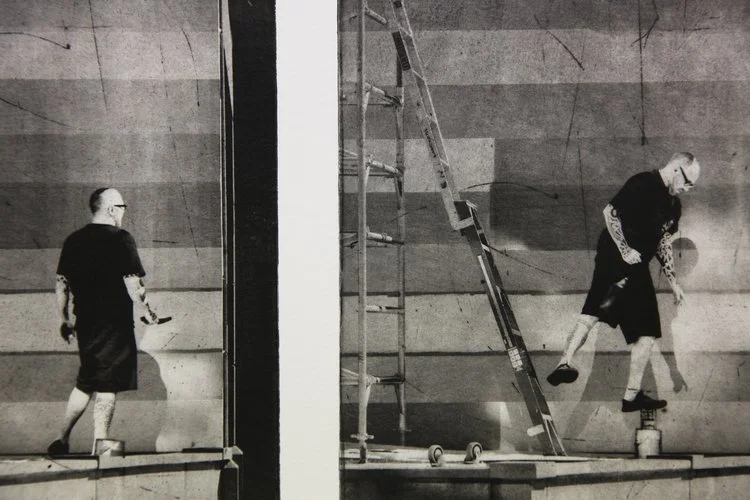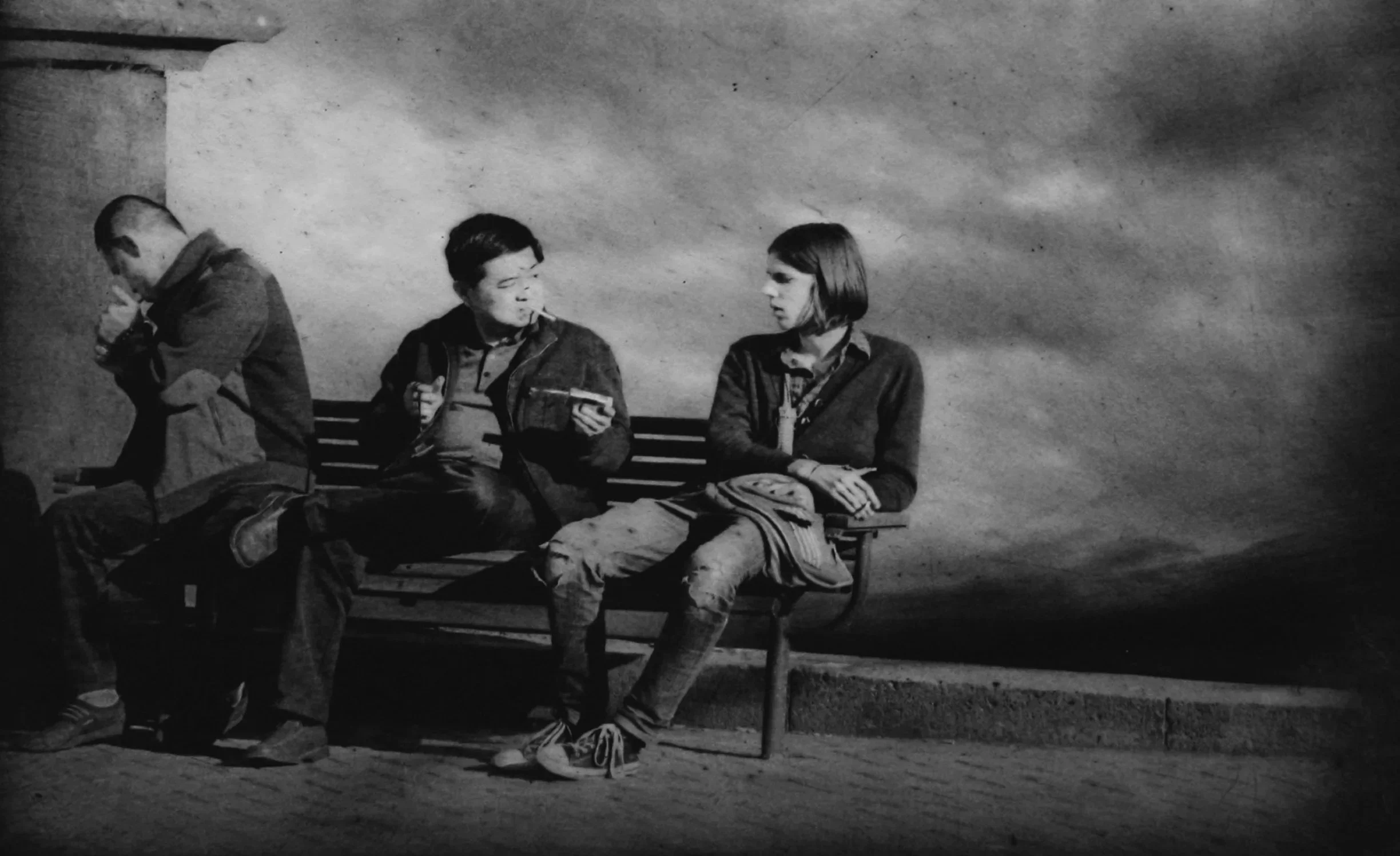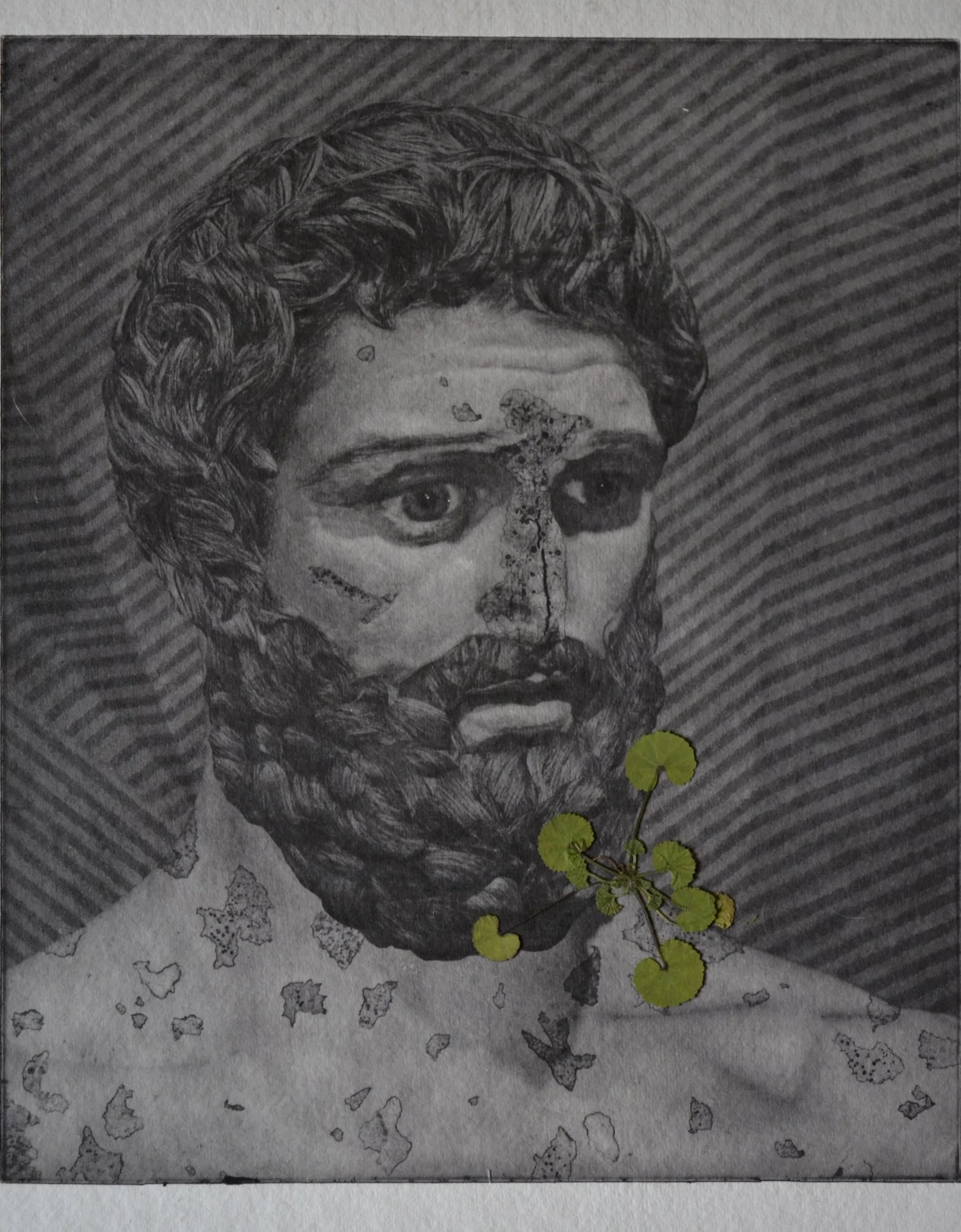PRINTMAKING.
Where process meets obsession, and obsession refuses to leave quietly.
print studio, Canterbury University Te Whare Wānanga o Waitaha
PRINTS OF WW1 SOLDIERS
Andrew Paul Wood – 28 July, 2013
Next year July 28 marks the centennial anniversary of the First World War, a conflict that in many ways marks the emergence of New Zealand onto the world stage as a modern nation, tainted with the loss of 1.64 percent of New Zealand’s population. Every school, society and club of the time had its misericord. Every town in Aotearoa, no matter how small, has its own war memorial, and it is these that provide the source material for Paul McLachlan’s suite of photographic prints Home Ground at Chambers 241 gallery.
McLachlan is a New Zealand printmaker with a BFA (hons) from Massey, Wellington (2008), and an MFA with distinction from the University of Canterbury School of Fine Arts (2010-2011). In 2010 he received a Select award from the University of Canterbury and his work placed in the Canterbury’s collection. In 2013, McLachlan received the Susan Ethel Jones Fine Arts Travelling Scholarship to take up an artist residency at the Large Format Printmaking Studio in Venice.
The thick-edged black and white photo-intaglio prints record the faces of the ten South Island marble statues of the thirty-eight soldiers standing to attention, carved in Carrara, Italy and erected around New Zealand to commemorate the Great War. Some of the statues were given their likeness from photographs of particular New Zealand soldiers, thus closing the circle with these works. Using digital sculpting software McLachlan has digitally remodelled and humanised into pseudo/hyper-realistic versions - a Pygmalion metamorphosis accomplished digitally. Like some forensic process, the sculpture beneath is layered with skin and hair textures, and even a suggestion of the lichen encrusting the originals and pitted marble, giving them the aura of life or even something more idealised and larger than life - simultaneously an inversion and mannerist intensification of the Baudrillardian simulacrum.
On the other hand it is ultimately a deception: something that always was frozen, a still life, is given the illusion of having been frozen by the photographic moment. There is, perhaps, a Freudian homage to and erasure of an art-historical forebear with covering over the impassive gaze into the distance, a tradition in warrior portraiture that can be traced back to Lysippos’ sculptures of Alexander the Great. Perhaps we may interpolate a similar function as Walter Benjamin’s “Angel of History”:
“His face is turned towards the past. Where we see the appearance of a chain of events, he sees one single catastrophe, which unceasingly piles rubble on top of rubble and hurls it before his feet. He would like to pause for a moment so fair, to awaken the dead and to piece together what has been smashed. But a storm is blowing from Paradise, it has caught itself up in his wings and is so strong that the Angel can no longer close them. The storm drives him irresistibly into the future, to which his back is turned, while the rubble-heap before him grows sky-high. That which we call progress, is this storm.” (Benjamin, On the Concept of History IX, trans. Dennis Redmond 2005)
Comparisons can be made with the composite photographs created by Ludwig Wittgenstein to illustrate his theory of rhizomatic “family resemblances” and eugenicist Francis Galton’s composite photographs meant to test his phrenological and physiognomic theories. Anonymous templates are transformed into human individuals that can be identified and empathised with, and further serve to bring to life and immediacy a part of our national history most of us only think about once a year on ANZAC Day.
The effect is intensely powerful and richly atmospheric. Despite their pastiche and fictionality, the images hint at an interior life, even if the eyes all too often seem dead and mineral. But then again, the allusion to the nullity of photographic death and preservation seems a logical one for a war memorial to the dead. The relative blandness of the expressions allows the viewer to project their own readings onto each character. It becomes, in effect, a kind of prosopopeia - a voice that addresses us from beyond the grave. It is a unique synthesis and really quite an extraordinary achievement. McLachlan’s attention to detail and his printmaker’s skill are everywhere evident. This is an astonishing tour de force.
https://eyecontactmagazine.com/2013/07/prints-of-ww1-soldiers
soldier five photo-intaglio print 2013
soldier four photo-intaglio print 2013
soldier nine photo-intaglio print 2013
soldier three photo-intaglio print 2013
soldier ten photo-intaglio print 2013
soldier two photo-intaglio print 2013
soldier eight photo-intaglio print 2013
soldier one photo-intaglio print 2013
soldier six photo-intaglio print 2013
home ground pataka art museum, porirua
(Un)common ground
suzannah newton
2011
Off-duty performers, families, and harried shoppers gather in groups, perch on steps, and walk down streets. Sublimely ordinary people, etched in shades of grey, populate the beautiful images of Paul McLachlan’s Masters exhibition ‘(Un)Common Ground’. The prints are sensitive, evocative and charmingly disarming; familiar and fantastical sitting comfortably alongside each other. The work for ‘(Un)Common Ground’ was begun in a pre-quake, complacent Christchurch and it has evolved alongside and through the disasters that have befallen the city. In the process McLachlan has realised images that are an archive of a Christchurch that now exists only behind red tape. Without intending to, McLachlan’s work has become a tribute to a lost city.
Walking around the exhibition space, McLachlan’s works are arranged in groups, often mirrored or reflected, playing with ideas of refraction. The images themselves curve sensuously out from the wall, moving from the traditional, static two-dimensional mode of presentation to a more physical imposition that references the real-life spaces of the images. Each group has an individual narrative and moving through the works is an experience reminiscent of walking through the city, observing different people as you travel.
The first experience I had of the works, however, was of crouching in McLachlan’s icebox studio and removing the thick paper from within layers and layers of membrane like newsprint, each individual print swathed in a skin of protective sheets. Stacked one on top of the other and left lying beneath a heavy piece of wood, excavating the prints was like hunting for treasure. The experience of discovering the images intensified the private, intimate experience these works suggest. Seeing them again in the exhibition context doesn’t disrupt my initial impressions of the quiet intensity of the works. The lonely charm still resonates despite the lack of tactility.
At once voyeuristic and poignant, McLachlan’s works contain a consistently inward focus. Despite their sweeping scapes they have an absorbed intimacy with their inhabitants amidst painterly, otherworldly backgrounds. The characters themselves are mostly caught in contemplative states, McLachlan exploring the insularity of cities. He uses this containment and exaggerates the way people move independently within groups in an urban context. The post-modern city, the view from it and about it, are played out in unison on his picture planes.
There is also a sense of time and space inherent in the works; however, they are theatrical panoramas that are often more a meditation on landscape as a genre, than a depiction of a particular place. McLachlan has not presented the viewer with symbols that can be easily deciphered, offering instead a kaleidoscopic array of allusive titles and scenarios that are often inter-textual. The works have a distinctly suggestive rather than representational approach, evoking impressions of, or reactions to, a subject, rather than depicting it literally. Capturing urban environments, McLachlan removes them from their context by actively manipulating the source images, digitally painting over, replacing, and altering them to create a surreal representation of the space. This sense of remove is then emphasised by the transferral of the image from photographic record to plate; the final images characterised by their interior conflict between subtle brush-marks, deliberate signs of the artist’s hand, and their photographic clarity and definition. McLachlan’s city-scapes then become ambiguous and multi-layered giving the resulting prints a molten, fluid quality. Rich, textured surfaces add another element to this work giving each piece a sense of impermanence. Up close the barely visible brushstrokes are angular and hint at the ever- changing nature of his subject through weathering, erosion and time.
This idea of time and temporality is one that haunts the works, especially with the spectre of the quakes looming beyond the edges of the paper. Time is elusive, intangible. In the absence of concrete evidence, poetic documentation is all we have to provide this reflection of temporal experience; photographs become “fossils” that as Roland Barthes suggests turn time into “visible artefacts” for our observation, interpretation and experience. McLachlan’s images, however, are less artefacts, more myths, or stories; the “truth” of the photograph deliberately undermined by the artist’s active involvement in subverting them. They become certification not certainty; the lineage of documentary photography he draws upon married to a surrealism or romanticism that beautifies and isolates the images in their own indistinct time and space, transforming the raw data of source material into a mnemonic of a Third Space: a dream-world, or a staged encounter.
The inhabitants of the artist’s works are captured in action, not posed; each individual image containing a brief moment of time. When looked at in series, these characters play out a narrative, a movement, a change or growth, the images revealing a looping itinerary that retraces routes and revisits previous works. Somehow McLachlan has created images that claim both passage and pause. In fact, McLachlan’s images hold a wealth of contradictions within them; static and moving, remembering and forgetting, familiarity and estrangement, the exterior manifestation of interior states. In them the ephemeral becomes weighty and weighted; each group lent a sense of theatricality by his composition and the active post-production staging. Light is manipulated, saturated, and altered to throw the unconscious performers into illuminated relief.
This theatricality is heightened by the mystery of the works. McLachlan’s removal of key props and environmental constraints creating a void in which the viewer has to try and make sense of what they are seeing in a new context. The young men in LVE GRN appear to be dancing or taking part in some stylised ritual, made odder by the disproportionately undersized participant, notable for his non-participation. The flattening of the background throws the foreground, with its distinct shadows, into clearer focus, subtly altering the perception of the audience and again adding to that sense of remove from a contemporary context.
This sense of timelessness is underscored by clever historical references within the works, enriching the images further with their subtleties. Kapa Haka, with its staggered performers, teases out allusions to the pink and white terraces, and early staged photographs of “noble savages”. The deliberate compositional similarities serve to highlight the juxtaposition of these performers, caught unprepared and introspective, with their knowingly choreographed and conscious predecessors.
McLachlan’s motivations for moving into the often sidelined practice of printmaking aren’t made obvious, but personally I feel there is a beautiful sense of finality with the etching process. After many decisions, tries and guesses in its pre-production phase, the image emerges in one single moment in time; the parallels resonate between this and the “still-life” quality of McLachlan’s portraits. McLachlan’s technical prowess and almost obsessive attention to detail shine through in this medium, where his handling of the technique realises the sensitive, nuances and complex shading; the various registers of dark and light superbly extracted.
McLachlan’s skill extends to his photographic sourcing; his response to the randomness of the city and its population is a controlled slippage between the imposition of form, and the urge to explore what is actually an abstracted landscape. He has learnt from the camera’s unthinking ability to squash space and to create dramatic foreshortenings. This trope emerges in the way in which he flattens the perspective to the point where the painting can be read as an ‘all-over’ image, whilst at the same time allowing a limited, recessed reading. This creates an ambiguity, deepened by the editing process in which McLachlan “paints” the images, cutting, cropping, blending and manipulating the original till it can no longer be read as such.
Reading this you might be thinking, this is all very well, but what are we not talking about? Looking at McLachlan’s work can be a little unnerving, disturbing even. Quite apart from the artistic and technical merits of the images, there is another aspect that complicates and disrupts a purely aesthetic reading. McLachlan is an unashamed voyeur, his subjects completely unaware of his actions. He doesn’t brief them or ask permission and his calculated “spying” forces the viewer of his images into the same role. Appreciation of the beauty of his prints is offset by a discomfort that you are an active and voluntary participant in this trespass on strangers’ privacy.
McLachlan offers no explanation or apology and you get the impression that the ethical or moral implications haven’t even occurred to him; or that, if they have, he operates on a different plane where these things have no claim when it comes to the making of art. Though perhaps socially gauche, the results are not offensive or perverted in any way. Instead, it’s as if McLachlan has taken our own curiosity and natural voyeuristic tendencies and rendered them on paper rather than hiding behind sunglasses or averted gazes. How many times have you watched strangers and hypothesised what their lives are like? Here McLachlan makes public his observations and legitimises his fictionalised backgrounds, manipulating the subjects to fit his stories, just as we, in a less conscious way, do. The presumption with which he works has the dual qualities of rendering beauty from the banal and providing an edge to the quietness of his prints.
I do know that I have never loved an artwork I can master completely. My love requires a sense that something has escaped me. This quality of cryptic excess may be responsible for the language people use to talk about seeing art as if an inanimate thing were endowed with an elusive, almost sacred power. In a culture flooded by facile images that race past us on a screen, peek out at us from magazines or loom over us in a city street - pictures so heavily coded, so easily read that they ask nothing of us but our money - looking long and hard at an artwork may allow us entry into the enigma of seeing itself, because we must struggle to make sense of the image in front of us. McLachlan’s works in ‘(Un)Common Ground’ are captivating, indefinable and, I think, a fitting memoriam to the city they immortalise.
intersect, Photo-intaglio print, Paper: 500 x 700mm, Images: 180 x 415mm
seep (detail), Photo-intaglio print, Paper: 500 x 700mm, Images: 180 x 415mm
mural with wayne youle (detail), Photo-intaglio print, Paper: 1000 x 700mm, Images: 210 x 210mm
procession (detail), Photo-intaglio print, Paper: 500 x 700mm, Images: 180 x 415mm
(Fold) unfold (detail), Photo-intaglio print, Paper: 500 x 700mm, Images: 180 x 415mm
(Fold) unfold (detail), Photo-intaglio print, Paper: 500 x 700mm, Images: 180 x 415mm
The Siege (detail), Photo-intaglio print, Paper: 500 x 700mm, Images: 180 x 415mm
the crossing (detail) Photo-intaglio print, Paper: 500 x 700mm, Images: 200 x 415mm
bench boy (detail) Photo-intaglio, print Paper: 700 x 100mm, Images: 195 x 195mm
hapa haka Photo-intaglio print, Paper: 500 x 700mm, Images: 200 x 415mm
playwright
Photo-intaglio print
Paper: 1000 x 700mm, Images: 800x500mm

